Military-Outdoors.com
Original Russian Army Binoculars
Original Russian Army Binoculars
Couldn't load pickup availability
SPECIFICATIONS
Type: Binoculars
Magnification: 15X
Objective Lens Diameter: 60mm
Eyepiece diameter: 22mm
Field of View: 8.5D 80m / 1000m
Water Resistance Level: IPX6
Lens Coating Description: FMC
Prism Description: BAK4
Model Number: Russian Military 8X30,10X40,12X45,15X60,10X50,20X50
Material: Metal
Military Telescope: Original Russian Telescope
Prism: BAK4
Coating: FMC
Products Guarantee: 100% Guaranteed Original Quality







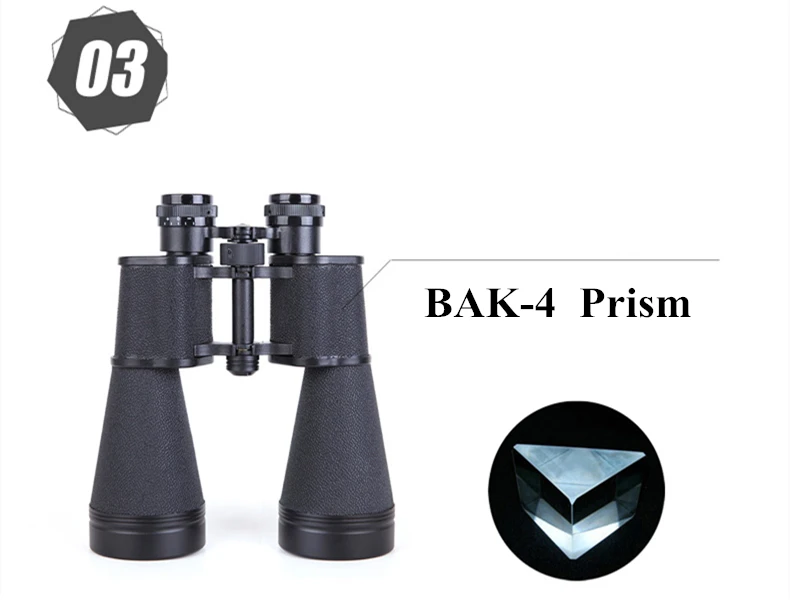



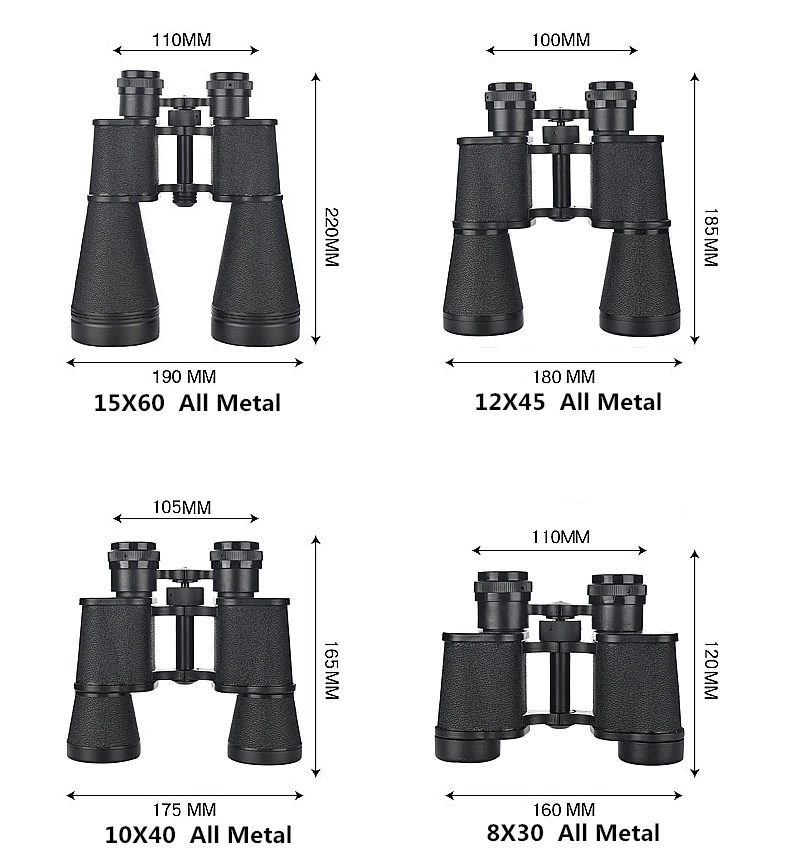
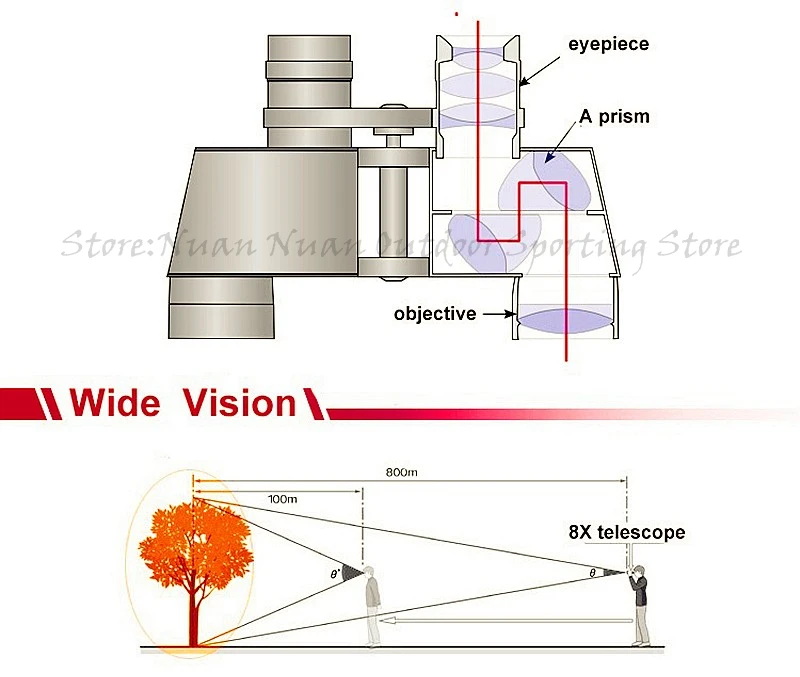
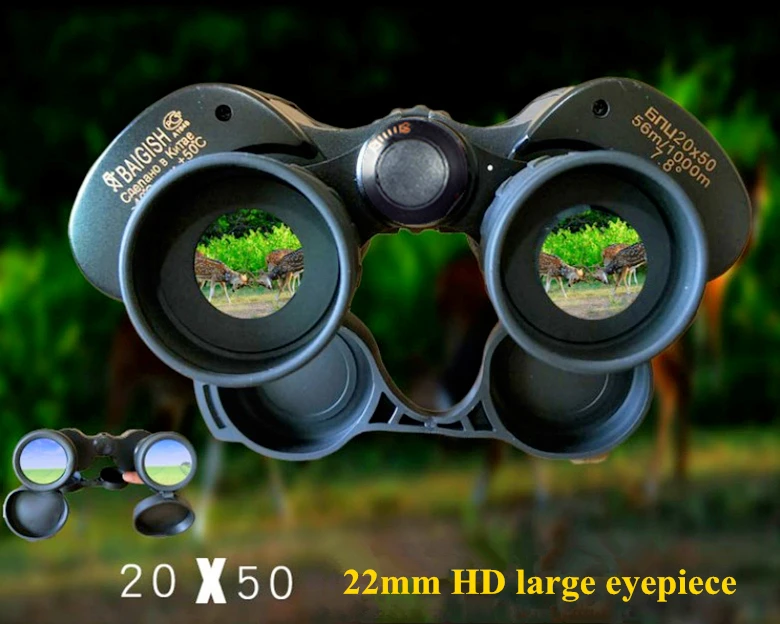

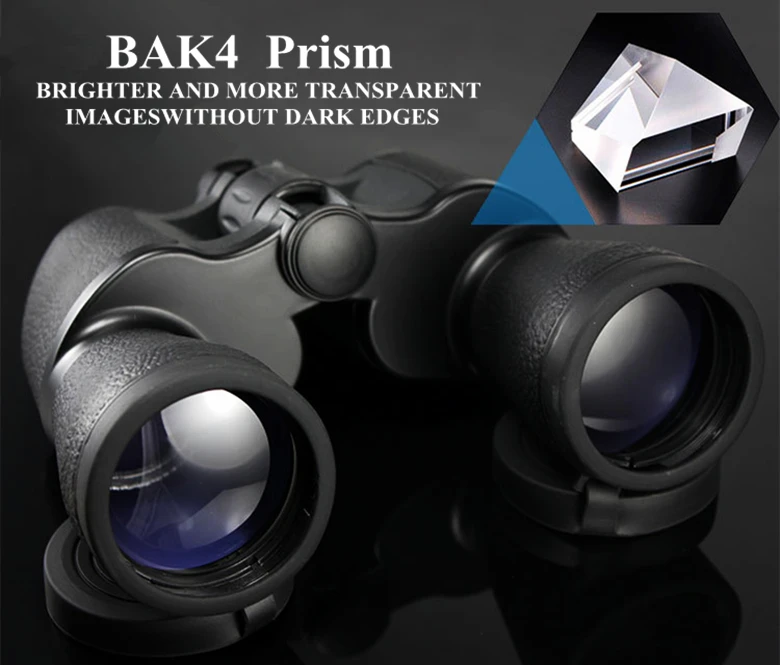


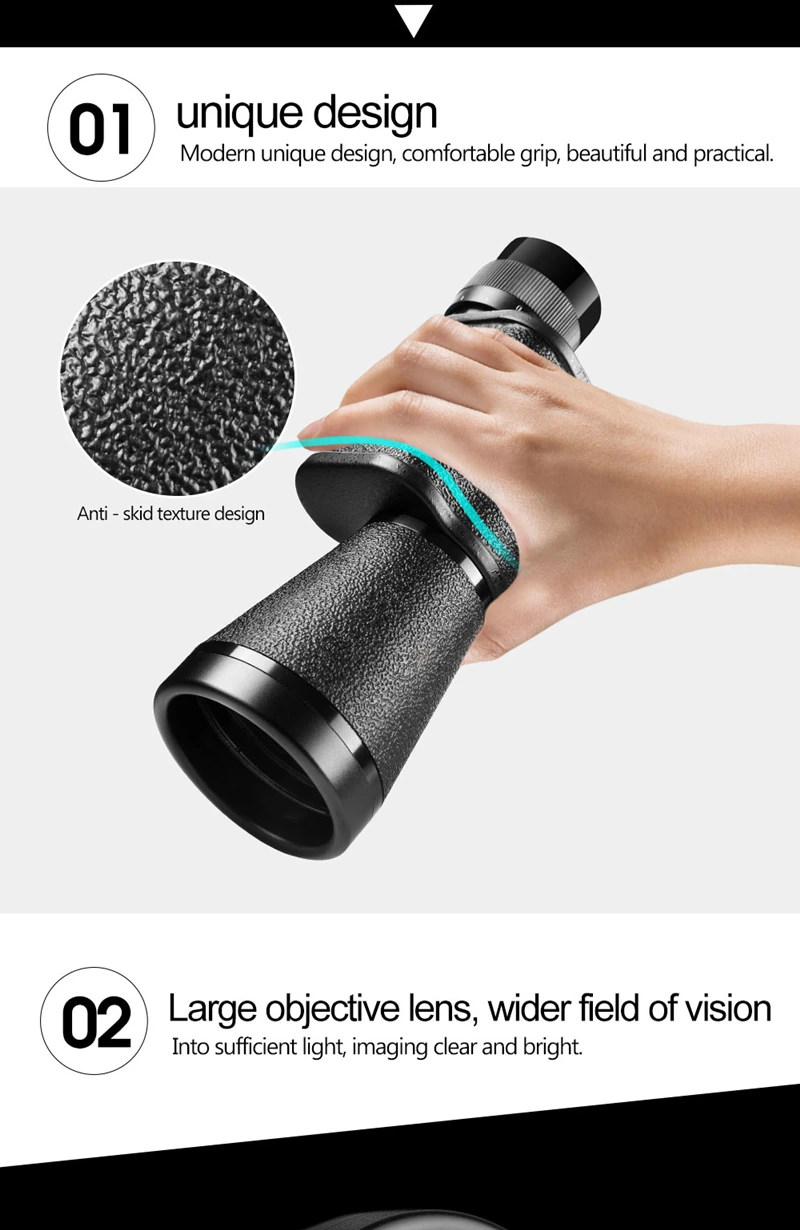
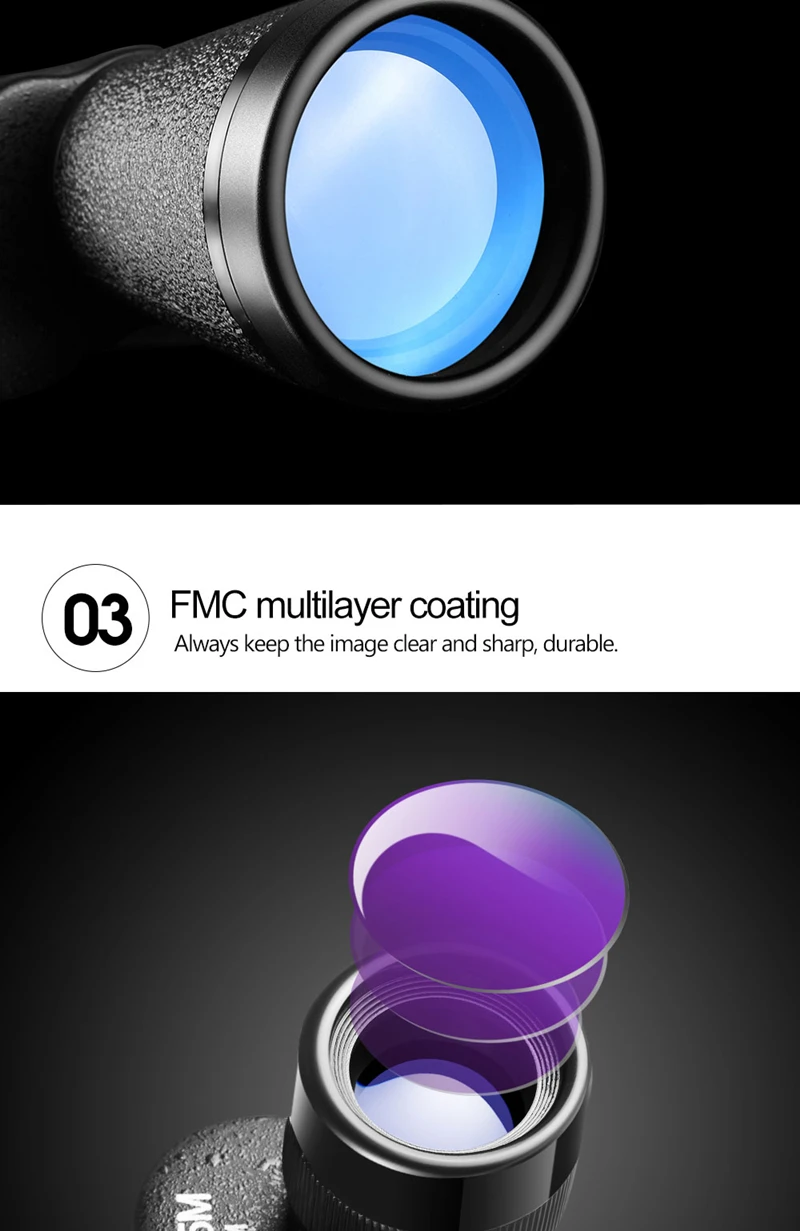





Please pay attention to this
There are many fake mark high times
telescopes on the market
Military telescopes are generally
8X and 10X
15X-20X is the largest times in a handheld telescope
The higher the multiples, the less clear
The sloshing of the lens, it can't be watched normally.
30X,60X, 100X and so on
The high times telescopes on the market are fake mark
Features
1.Wide-range in application of interior and outdoor.
2.Three layers of lens-coating FMC for best visual enjoyment.
3.Durable and protective, Rubber-armored.
4.FMC glass lenses deliver the ultimate brightness and resolution.
5.Smooth central focus knob for quick viewing.
6.Comfortable vison with high resolution lens.
7.Appreciated for a streamlined shape and durability.
8.Best selling 15x60 baigish russian military binoculars.
9.high quality powerful united optics binoculars.
10.15x60 baigish militaru long distance binoculars telescope Made in Russian.
Baigish classical binoculars 15X60 series with Poro prism system, central focusing and diopter correction are made in light metal body which insures resistance to extreme temperature changes (from –40 to +50°C).
The 15x60 are central focusing binoculars intended for viewing at medium distances. The binoculars are the premium platform for observing during walking tours, in hunting, sporting competitions, etc.
15x60 is designed for observation of distant objects and measuring vertical and horizontalangles and distance to the objects in the day-time.
The optics are professionally anti-reflection coated for greater clarity and improved viewing in low light and dusk conditions.
Perfectly adjusted optics are not tiresome to the eyes.
It really outstanding for the price. They are compact, easy to throw in a pack for hiking or hunting. If you are outdoors a lot and don't own 2-3 pairs of these then you're not having as much fun as you should!
The binoculars have the large diopter setting range, are supplied special covers for eyepieces and objective lens.
This models may be use in any climatic zones (-40° … +50°C).
How far can a telescope see?
1. How far the telescope can be seen is related to the size of the object?
For example, there is an ant at 1000 meters, you use 10 times the telescope, equivalent to pulling the ant close to 100 meters, you can't see it. Can you say that the telescope can't see 1000 meters? If you are a person at 1000 meters, you use 10 times the telescope, equivalent to pulling people close to 100 meters to see, you must see very clearly! That's why telescopes can clearly see the moon's circular mountains 380,000 kilometers away, but can't see the Earth's satellites much closer to us.
2. How far the telescope can be seen is related to the quality of the air?
For example, using the same telescope, the same person will observe the billboard at 1000 meters. After rain and sunny weather, you can clearly see the small print on the billboard. But in cloudy days without the sun and in the air, there may be automobile exhaust and dust. Further, if there's fog, which means there's a lot of suspended particles in the air, and visibility drops, you probably won't be able to see even five meters. That's why fog blocked the highway.
3. How far the telescope can be seen is related to the quality of the telescope itself?
There is little relationship between the price and the multiplier of binoculars. The binocular binoculars usually do not exceed 10 times. The lens, prism, coating and structure of the telescope determine the quality of the telescope. Good telescopes have high transmittance, bright colors, poor transmittance and low color. See here, you should understand why the telescope did not see far and near the data. As long as there are enough large objects, the telescope can see far enough. For hundreds of light-years, we can see without binoculars, and can also be seen with binoculars. The moon is far away from us (380 thousand kilometers), and we can see it with binoculars. But molecules, atoms and so on, no matter how close a telescope you use, how close it is, you can't see it. Why? Because they are too small!
About the magnification of the telescope
If 8 * 40 telescope, 8 is multiple, it magnifies the eye of the eye to look at the angle of the object, so that you feel from the sense of the object near the object, the greater the number, the closer the pull, but the magnification is not the bigger the better, too, too, the jitter of the General Assembly handle and heartbeat breathing fluctuations and air convection enlargement, so that the image of your observation appears floating. And the feeling of instability is generally less than 10 times, and about 8-10 times the golden rate. In addition, many customers are concerned about how far the telescope can see. This view is actually not exact. The multiplier of a telescope does not indicate how far it can be seen. Human eyes can see very far in the case of visibility, let alone telescopes. To be exact, magnification is only how many times the scene is brought to the naked eye under visible conditions.
Share




















